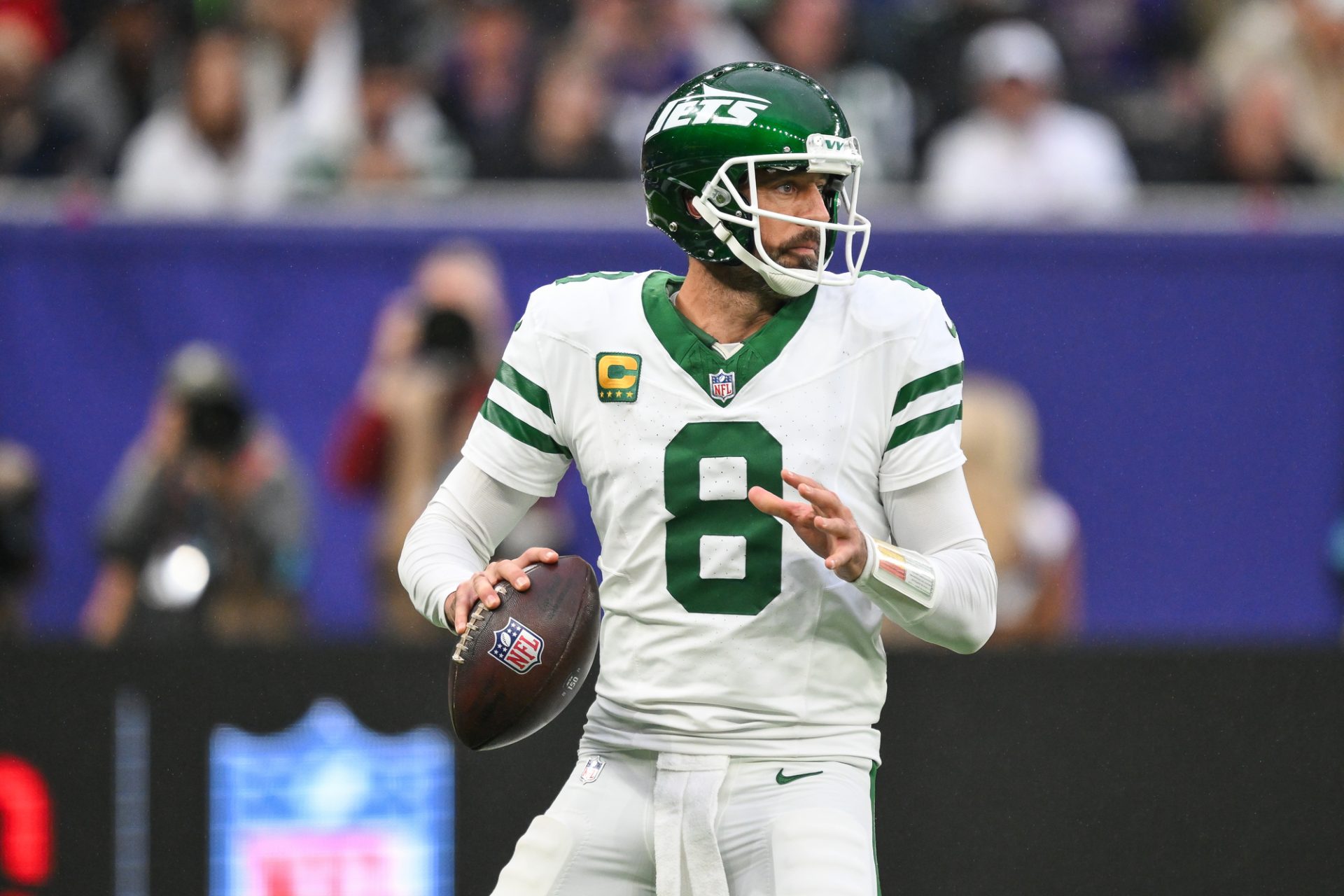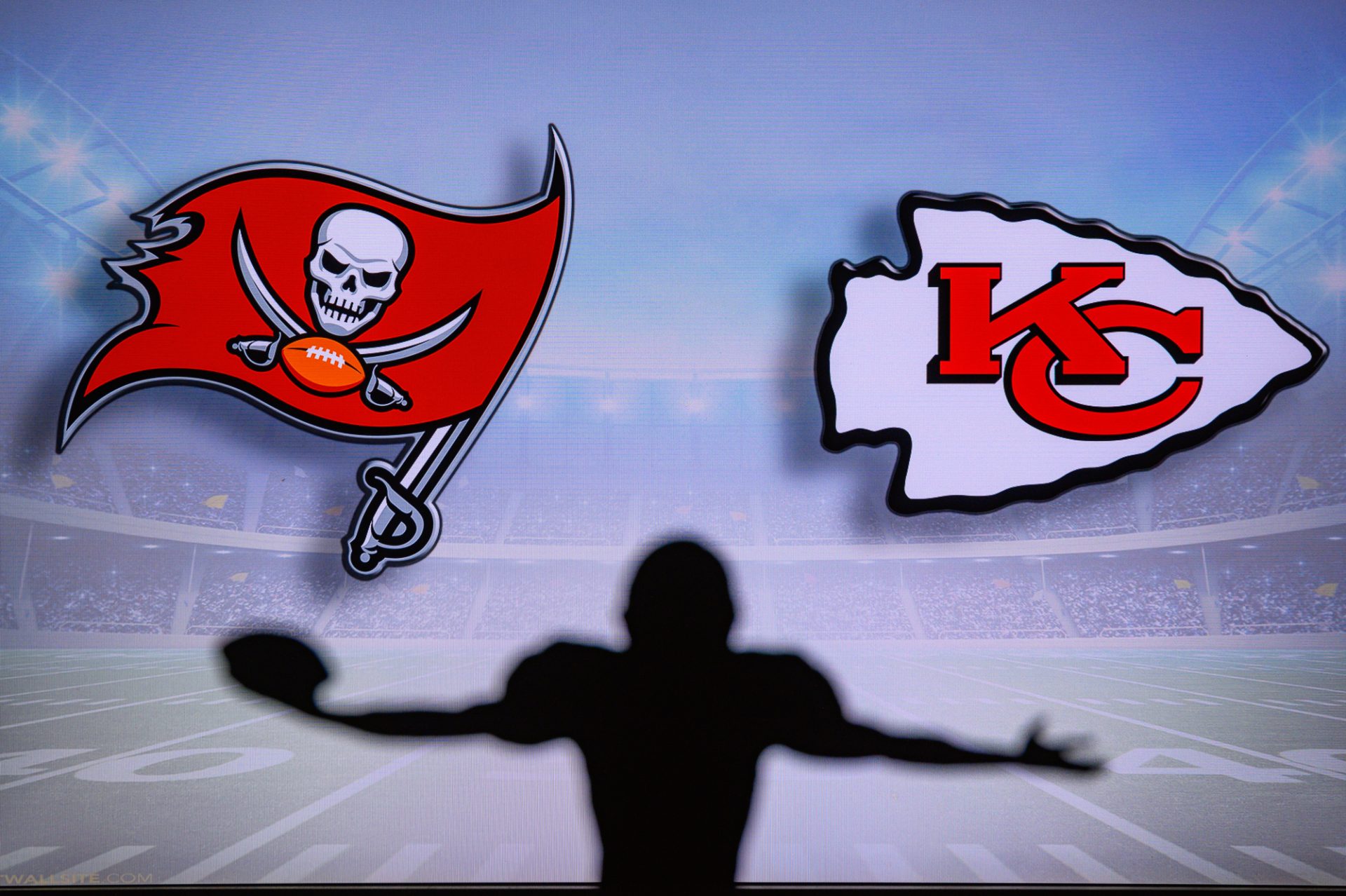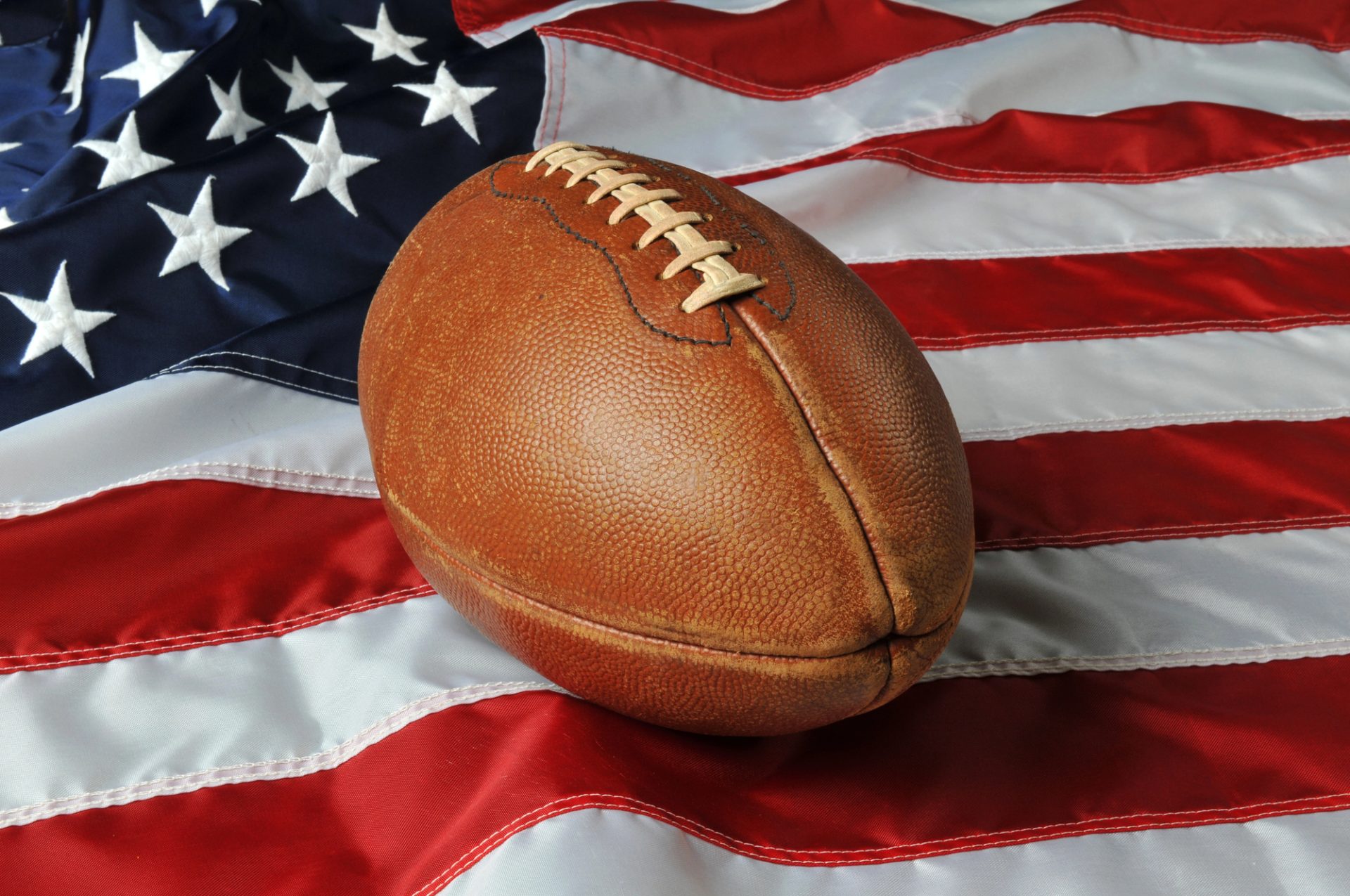What Happens Behind the Scenes of an NFL Game Day


Table of Contents
NFL game days are intense, high-stakes events that involve far more than what fans see on the field. Behind the scenes, players and coaches engage in careful preparation and strategic planning. The locker room serves as a crucial hub for team activities, from pre-game rituals to halftime adjustments.
NFL locker rooms transform into classrooms during halftime, where coaches and players quickly analyze first-half performance and make tactical changes. This brief 15-minute period is filled with activity as players hydrate, tend to injuries, and receive updated game plans. Coaches use this time to communicate key adjustments and motivate their team for the second half.
While halftime adjustments are a well-known aspect of football, their effectiveness varies. Players use this break to rest briefly and refuel, often consuming bananas and other quick energy sources. The NFL experience extends far beyond the field, encompassing a complex web of behind-the-scenes activities that shape the outcome of each game.
Preparing the Players: Pregame Rituals and Strategies
NFL players engage in various routines to ready themselves for game day. These practices aim to boost focus, enhance physical readiness, and solidify team strategies.
The Pulse of the Locker Room
The NFL locker room serves as a hub for team unity and preparation. Players arrive hours before kickoff, creating an atmosphere of anticipation and focus. Veteran leaders often set the tone, offering words of encouragement or leading team chants.
Music plays a key role in many locker rooms. Some teams have designated DJs who curate playlists to energize the group. Others allow individual players to use headphones, helping them find their personal zone of concentration.
Nutrition and hydration are priorities. Training staff provide players with carefully selected snacks and drinks to fuel their bodies for the upcoming physical demands.
Mental and Physical Warm-Ups
Players engage in a mix of mental and physical preparation techniques. Many athletes have personal pregame rituals that help them focus. These can range from specific stretching routines to listening to certain songs or reading inspirational quotes.
Visualization is a common practice. Players mentally rehearse successful plays and positive outcomes, boosting confidence and mental readiness.
Physical warm-ups typically start with light cardio to increase blood flow. This is followed by dynamic stretching and sport-specific drills. Quarterbacks often work on timing with receivers, while linemen might practice hand techniques.
Trainers and medical staff are on hand to address any last-minute physical concerns or apply supportive taping and bracing as needed.
Strategy Briefing by Coaches
Coaches hold final strategy meetings to review game plans and address any updates. These sessions often occur in stages, with position groups meeting separately before coming together as a full team.
Offensive coordinators might go over key plays or audibles, while defensive coordinators review opponent tendencies and potential adjustments. Special teams coordinators brief their units on return strategies and coverage assignments.
Head coaches typically deliver a final address to the entire team. This speech aims to reinforce the game plan, boost morale, and unite the team around a common goal. Coaches may use video clips, statistics, or motivational tactics to drive home key points.
Players receive last-minute reminders about their individual roles and responsibilities within the larger team strategy.
In the Heat of the Game: Sidelines Dynamics and Adjustments
The sidelines of an NFL game buzz with constant activity and strategic decision-making. Coaches and players work together to adapt their gameplay in real-time, responding to the ever-changing conditions on the field.
Communication and Feedback Among Team Members
Sideline communication forms the backbone of a team’s in-game strategy. Coaches use headsets to relay information to coordinators in the booth and on-field players. Quarterbacks often huddle with offensive coordinators between drives, reviewing plays on tablets and discussing defensive formations.
Players coming off the field provide valuable insights to their position coaches. These brief exchanges help shape upcoming plays and defensive schemes. Teams use large play cards and hand signals to quickly communicate complex strategies without tipping off opponents.
Veteran players like Peyton Manning frequently take on leadership roles, offering advice to younger teammates and contributing to tactical discussions.
In-Game Adjustments and Tactical Shifts
NFL teams make constant adjustments throughout the game. Coaches analyze opponent tendencies and exploit weaknesses in real-time. These changes can include:
- Altering defensive coverages
- Modifying blocking schemes
- Adjusting route combinations
- Changing personnel packages
Halftime provides a crucial opportunity for more substantial adjustments. Teams use the extended break to reassess their game plan and make significant tactical shifts. Coaches break down first-half performance data and implement new strategies for the second half.
Players like Jalen Hurts have praised the impact of halftime adjustments on game outcomes. These changes can involve tweaking offensive formations, defensive alignments, or individual player assignments to counter the opponent’s strengths.
Half-Time Transformation: Analyzing and Evolving
The 15-minute halftime break in NFL games is a crucial period for teams to regroup, recover, and strategize. Coaches and players use this time to address physical needs, analyze first-half performance, and prepare for the second half.
The Strategy Behind Halftime Adjustments
Coaches quickly review game footage and statistics during halftime to identify areas for improvement. They focus on adapting offensive and defensive schemes based on the opponent’s tactics. Key adjustments might include modifying blocking assignments, changing defensive coverages, or altering play-calling tendencies.
Teams often prepare specific halftime plans before the game, anticipating potential scenarios. This preparation allows for more efficient use of the limited time available. Coaches communicate adjustments to position groups, ensuring players understand their revised roles.
Effective halftime changes can significantly impact game outcomes. The Kansas City Chiefs’ Super Bowl LVII victory showcased how strategic adjustments can turn the tide of a close match.
Physical Recovery and Medical Attention
Players use halftime for physical recovery and addressing minor injuries. Training staff provide quick massages, apply ice to sore muscles, and treat any cuts or bruises sustained during play.
Hydration and nutrition are priorities. Players replenish fluids and consume energy-rich snacks to maintain performance levels. Some may require intravenous fluids for rapid rehydration.
Medical professionals conduct injury assessments, determining if players can safely return to the game. They may perform concussion protocols or evaluate joint stability for those who left the game with potential injuries.
Rousing the Troops: The Impact of Motivational Speeches
Head coaches often deliver brief, powerful speeches to inspire their teams. These talks aim to refocus players’ mental and emotional energy for the second half.
Speeches may highlight key moments from the first half, emphasizing positive plays or areas needing improvement. Coaches remind players of pre-game strategies and the team’s overarching goals.
Team captains or veteran players sometimes add their voices, reinforcing the coach’s message or providing peer leadership. The emotional impact of these speeches can boost team morale and intensify on-field performance as players return to the field.
Post-Game Reflections: Celebration and Analysis
The aftermath of an NFL game involves crucial moments for team leaders and media interactions. These interactions shape public perception and provide insights into team dynamics.
Team Leaders and the Aftermath of the Game
Team captains play a pivotal role in post-game activities. They gather players for a final huddle, offering words of encouragement or constructive criticism. Coaches conduct brief team meetings to address key points from the game.
Players often engage in personal rituals. Some may seek quiet reflection, while others prefer group celebrations. The locker room becomes a sanctuary of motivation and camaraderie, especially after significant wins.
Team leaders focus on immediate takeaways. They highlight standout performances and areas for improvement. This process aids in maintaining team morale and setting the tone for upcoming practice sessions.
Media Interactions and Public Perception
Post-game press conferences are a staple of NFL Sundays. Head coaches face reporters first, providing initial reactions and injury updates. Key players, including quarterbacks and defensive captains, often follow.
These media sessions can significantly impact public perception. A well-handled press conference after a loss can help maintain fan support. Conversely, poorly chosen words may spark controversy.
Post-game reflection is a repeatable process that helps teams identify areas for improvement. It allows coaches and players to celebrate wins while staying focused on long-term goals.
Social media adds another layer to post-game communication. Many players share thoughts or behind-the-scenes glimpses, giving fans direct access to their perspectives. This connection can boost player popularity but also requires careful management to avoid missteps.
Image courtesy Deposit Photos.





